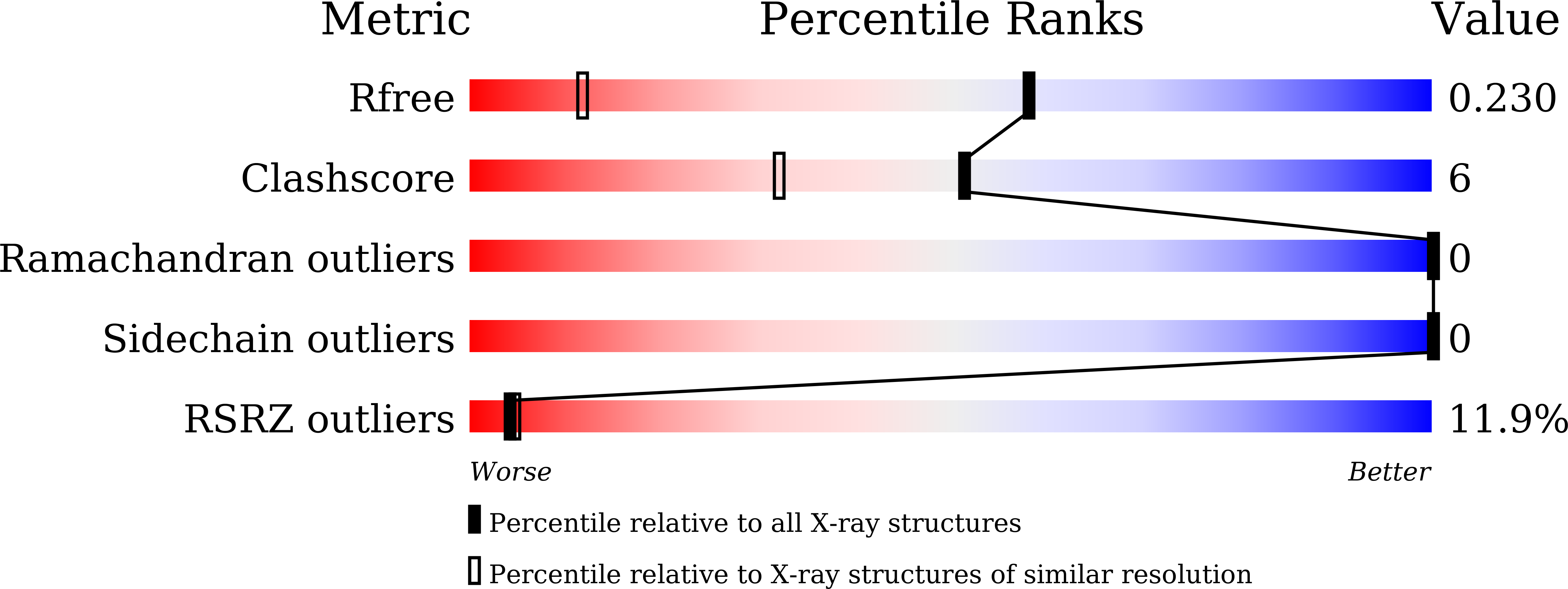
Deposition Date
2022-07-14
Release Date
2023-05-24
Last Version Date
2024-06-05
Entry Detail
Biological Source:
Source Organism:
Pseudomonas delhiensis (Taxon ID: 366289)
Host Organism:
Method Details:
Experimental Method:
Resolution:
1.45 Å
R-Value Free:
0.23
R-Value Work:
0.21
R-Value Observed:
0.21
Space Group:
P 61


